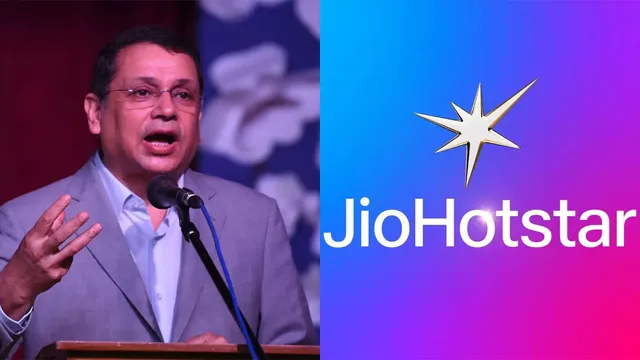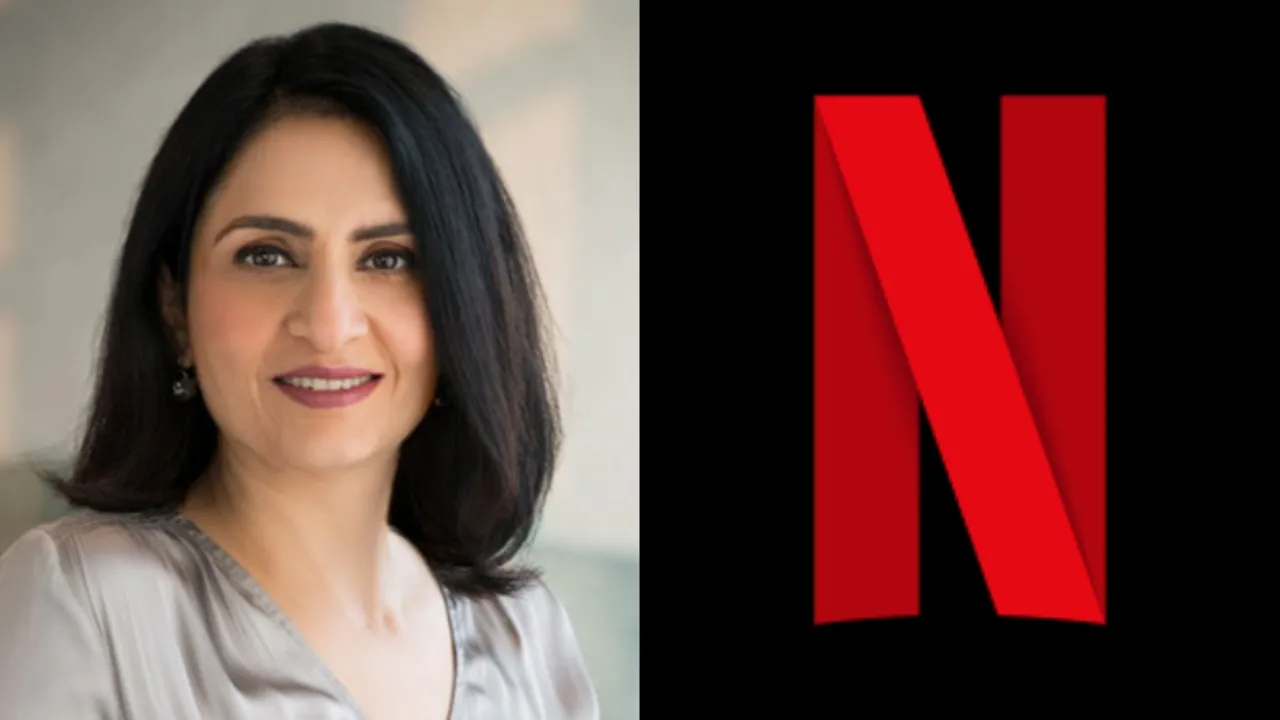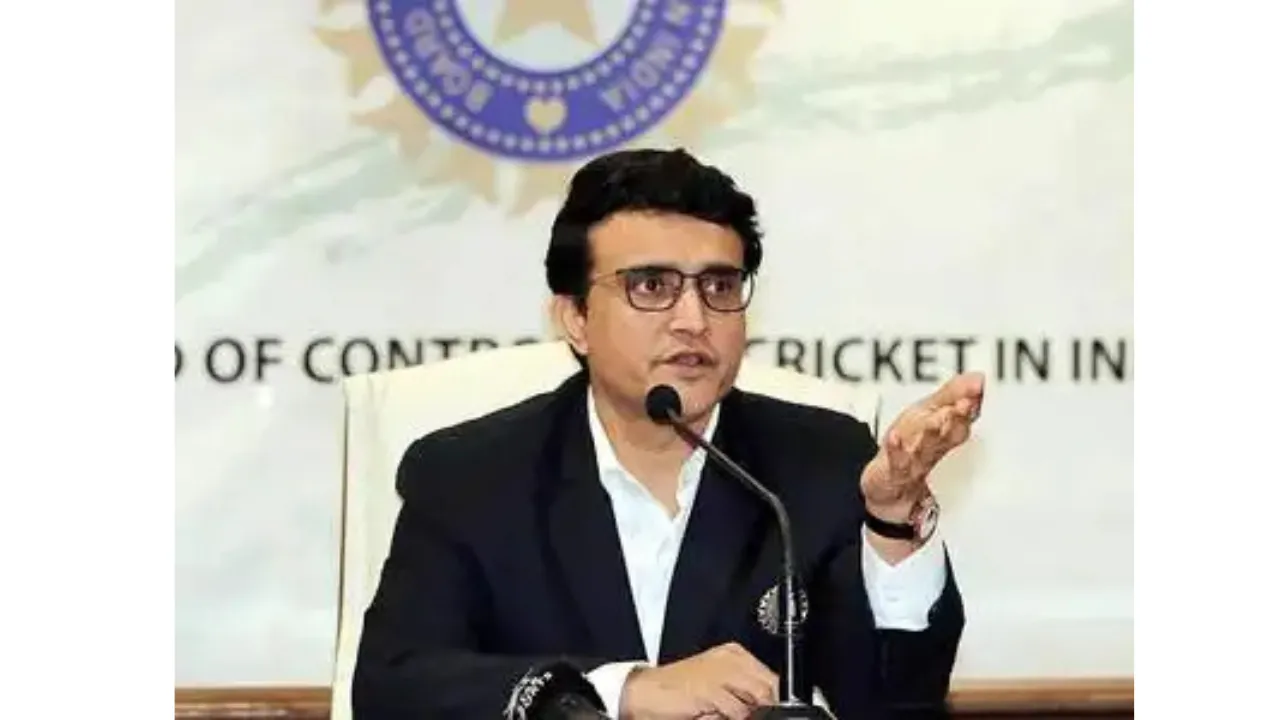India’s media and entertainment industry is undergoing a significant transformation, marked by rapid growth, technological innovation, and an increasing appetite for high-quality, locally relevant content.
This evolution is being fueled by a combination of factors, including the country’s massive youth demographic, expanding internet access, and a thriving digital ecosystem.
As a result, India is fast becoming a key player in the global content landscape.
Industry leaders are recognizing the seismic shifts occurring across the sector.
Uday Shankar, co-founder of Bodhi Tree Systems and former Chairman of Star and Disney India, recently spoke about the enormous potential within India’s content ecosystem.
His observations underscore the remarkable energy and opportunity that now define the Indian media environment.
At the WAVES conference, Shankar described India as being on the verge of a creative explosion.
He attributed this momentum to the convergence of storytelling talent, advanced technology, and an entrepreneurial spirit that is reshaping the way content is conceived and delivered.
According to Shankar, India is no longer a passive consumer of media.
Instead, it is actively redefining content on its own terms.
He emphasized that this transformation is encouraging bold experimentation among content creators, who are exploring new genres, formats, and storytelling methods that reflect the country’s diverse and dynamic culture.
The advent of over-the-top (OTT) platforms has played a pivotal role in this shift.
Services such as Netflix, Amazon Prime Video, Disney+ Hotstar, along with domestic platforms like JioCinema, Zee5, and SonyLIV, have revolutionized how content is accessed and consumed.
These platforms have expanded audiences’ exposure to varied narratives, languages, and production styles.
This democratization of content has created a fertile ground for creative innovation.
As creators embrace a more inclusive and experimental approach, Indian audiences are benefiting from a richer, more diversified viewing experience.
Shankar believes that the next wave of industry growth will be powered by scalable digital platforms that are deeply attuned to the preferences of Indian consumers.
With increasing smartphone usage and internet accessibility, particularly in rural and semi-urban areas, the demand for regional and vernacular content is surging.
He noted that today’s investments are no longer limited to traditional media companies.
A wide spectrum of enterprises, from animation studios and short-form video apps to content production houses and tech-driven media ventures, are now attracting significant capital.
This surge in investment reflects a growing belief in India’s potential as both a consumption market and a global content production hub.
Shankar highlighted the nation’s English proficiency and rich creative talent pool as key strengths that position India to create content for international audiences.
He shared insights into his own ventures as an example of this investment trend.
Shankar revealed that through JioStar, the company has built a platform serving half a billion paying users.
This scale demonstrates the robust appetite for premium content across the country.
He stated that in 2024, JioStar invested ₹25,000 crore in content.
This figure rose to ₹30,000 crore in 2025, and projections indicate that investments could exceed ₹32,000 to ₹33,000 crore.
These numbers represent a substantial commitment to high-quality storytelling and digital innovation.
In partnership with Reliance, Bodhi Tree Systems has already invested over $1.7 billion in Viacom18.
This investment reflects a strategic focus on combining premium content with advanced digital delivery systems.
It signals confidence in India’s transition toward a digital-first media future.
As internet connectivity extends to Tier 2 and Tier 3 cities, content preferences are evolving.
Viewers in these regions are increasingly seeking content that reflects their languages, values, and lived experiences.
Platforms are responding to this demand by developing strong content pipelines in regional languages such as Tamil, Telugu, Bengali, Marathi, and Bhojpuri.
Shankar noted that this regional expansion is not just a trend, but a necessity.
Indian audiences today are more discerning, diverse, and demanding than ever before.
He stressed that content creators must focus on authenticity and cultural relevance if they hope to maintain audience engagement and loyalty.
This insight reflects a broader industry understanding that scale and reach, while important, are insufficient on their own.
Successful content must also resonate deeply with viewers at a local level.
However, despite the optimism surrounding the sector, there are still challenges that must be addressed.
One of the key issues lies in the monetization models being used across OTT platforms.
Subscription fatigue and fluctuating advertising revenues are causing stakeholders to rethink how they generate sustainable income.
In addition, content creators face the difficult task of balancing production scale with high quality.
As competition intensifies, maintaining originality and creative excellence becomes increasingly complex.
Nonetheless, Shankar remains confident about the future.
He believes that India is not merely participating in the global content conversation—it is beginning to lead it.
With continued investment, innovation, and a focus on authenticity, Indian media is well on its way to establishing global influence.
He concluded by stating that the coming years will likely witness the emergence of Indian content giants with a global footprint.
These companies will not only cater to domestic audiences but will also shape cultural narratives across borders, reflecting India’s ascent as a global creative powerhouse.
The transformation of India’s media and entertainment landscape is far from over.
If current trends persist, the country is poised to become a world leader in content creation, not just in volume but also in impact and innovation.
Video:
Author: Janvi Joshi












